Description
Contents :
1. Introduction to Immunology 1-1
2. History of Immunology 2-12
3. Scope of Immunology 12-16
4. Immunity 17-20
5. Innate Immunity 20-22
6. Physical and Mechanical Factors of Innate Immunity 22-23
7. Biochemical Factors of Innate Immunity 24-27
8. Cellular Factors of Innate Immunity 28-33
9. Genetic Factors of Innate Immunity 33-33
10. Body Temperature – Innate Immunity 34-34
11. Inflammation – Innate Immunity 34-34
12. Fever – Innate Immunity 35-35
13. Acquired Immunity (Adaptive Immunity) 35-36
14. Active Immunity (Active Acquired Immunity) 37-38
15. Natural Active Immunity – an Acquired Immunity 39-39
16. Artificial Active Immunity – an Acquired Immunity 39-39
17. Vaccines 40-42
18. Vaccination Schedule 43-44
19. Passive Immunity (Passive Acquired Immunity) 44-45
20. Natural Passive Immunity 46-47
21. Artificial Passive Immunity 47-49
22. Comparison of Active and Passive Acquired Immunity 49-50
23. Lymphoid Organs 51-51
24. Primary Lymphoid Organs 52-53
25. Thymus 53-57
26. Bursa of Fabricius 57-59
27. Bone Marrow 59-62
28. Secondary Lymphoid Organs 63-63
29. Lymph Nodes 64-66
30. Spleen 67-69
31. MALT 69-69
32. Peyer’s Patches 70-71
33. Tonsils 71-72
34. Comparison of Primary and Secondary Lymphoid Organs 72-72
35. Immune Cells 73-74
36. Stem Cells 75-77
37. Lymphocytes 77-79
38. B Lymphocytes 79-84
39. T Lymphocytes 84-88
40. T Helper Cells (TH Cells) 88-89
41. T Cytotoxic Cells (TC Cells) or T Killer Cells (TK Cells ) 89-91
42. Regulatory T Cells (TReg Cells) 91-92
43. T Delayed Type Hypersensitivity Cells (TD) 92-92
44. Alpha-Beta T Cells 93-93
45. Gamma-Delta T Cells 93-93
46. Natural Killer T Cells (NKT Cells) 93-94
47. Memory T Cells 94-94
48. Differences Between T and B Lymphocytes 95-96
49. Null Cells 96-98
50. Killer Cells (K Cells) 98-99
51. Macrophages (M 99-102
52. Functions of Macrophages 102-104
53. B Cell Activation 105-110
54. Mechanism of B Cell Activation 111-120
55. Btk 120-120
56. C-Kit 121-121
57. Immunoglobulins 122-132
58. Properties of Immunoglobulins 132-132
59. Functions of Immunoglobulins 133-133
60. Classes of Immunoglobulins 133-133
61. Immunoglobulin G (IgG) 134-136
62. Immunoglobulin A (IgA) 136-139
63. Immunoglobulin M (IgM) 140-142
64. Immunoglobulin D (IgD) 142-144
65. Immunoglobulin E (IgE) 144-145
66. General Functions of Immunoglobulins 145-149
67. Immune Response 150-153
68. Humoral Immune Response 154-157
69. Primary Humoral Immune Response 158-160
70. Secondary Humoral Immune Response 160-162
71. Differences between Primary and
Secondary Humoral Immune Responses 162-163
72. Cell Mediated Immune Response 164-168
73. Biological Functions of Cell Mediated Immunity 168-171
74. Cell Cooperations in Cell Mediated Immunity 171-175
75. Interaction of Antigen and Antibody 176-176
76. Salient Features of Antigen-Antibody Reaction 177-183
77. Detection of Antigen-Antibody Reaction
(Types of Antigen-Antibody Reaction) 183-184
78. Precipitation (Precipitin Reaction) 184-187
79. Agglutination 188-190
80. Cytolysis 190-192
81. Complement Fixation 192-192
82. Flocculation 193-193
83. Opsonization 193-197
84. Immunofluorescence 197-200
85. Immunological Role of Antigen-Antibody
Reactions 201-201
86. Harmful Effects of Antigen-Antibody
Reactions 201-201
87. Tumour Immunology 202-219
88. Introduction To Microbiology 220-222
89. History of Microbiology 222-227
90. Concepts of Microbiology 227-229
91. Scope of Microbiology 229-232
92. Bacteria 233-238
93. Structure of E.coli 238-247
94. Viruses 248-254
95. Classification of Viruses 254-258
96. Tobacco Mosaic Virus (TMV) (A typical Plant Virus) 258-259
97. Adenovirus (A typical Animal Virus) 259-260
98. Bacteriophage 260-262
99. Viroids 262-263
100. Prions 264-264
101. Bacterial Growth 265- 269
102. Growth Curve 269-270
103. Measurement of Bacterial Growth 270-276
104. Factors Affecting Bacterial Growth 277-281
105. Culture of Bacteria 281-281
106. Sterilization 282- 288
107. Culture Medium 288-294
108. Culture of E.coli 294-296
109. Culture Techniques 296-301
110. Methods of Culturing Bacteria 301-316
111. Food Microbiology 317-322
112. Food Spoilage 322-323
113. Spoilage of Meat 323-324
114. Spoilage of Fish 324-324
115. Spoilage of Milk 325-325
116. Spoilage of Egg 325-326
117. Spoilage of Fruits and Vegetables 326-326
118. Spoilage of Bread 326-326
119. Spoilage of Canned Food 326-328
120. Food Poisoning 328-333
121. Food Preservation 333-338
122. Prevention of Food Infection and
Food Poisoning 338-339
123. Industrial Microbiology 339-340
124. Production of Antibiotics 341-342
125. Penicillins 342-342
126. Production of Penicillin 343-345
127. Soil Microbiology 346-347
128. Biological Nitrogen Fixation 348-355
129. Biofertilizers 356-357
130. Nitrogenase 358-358
131. ‘nif’gene 359-359
132. Applications of Nitrogen Fixation 359-359
133. Root Nodules 360-360
134. Rhizobium 360-361
135. Medical Microbiology 362-362
136. Bacterial Diseases 363-363
137. Streptococcal Infection of the Skin (Dermal Infection) 363-364
139. Tuberculosis 364-366
140. Reproductive Gonorrhoea 367-368
141. Viral Diseases 369-369
142. AIDS 369-373
143. Poliomyelitis 373-374
144. Rabies (Hydrophobia) 374-376
145. Chicken Pox 376-377
146. Measles (Rubeola) 377-378
147. Mumps 378-379
148. Influenza 379-380
149. Viral Hepatitis 380-380
150. Common Cold 381-381
151. M.S.University Solved Question Paper 382-394


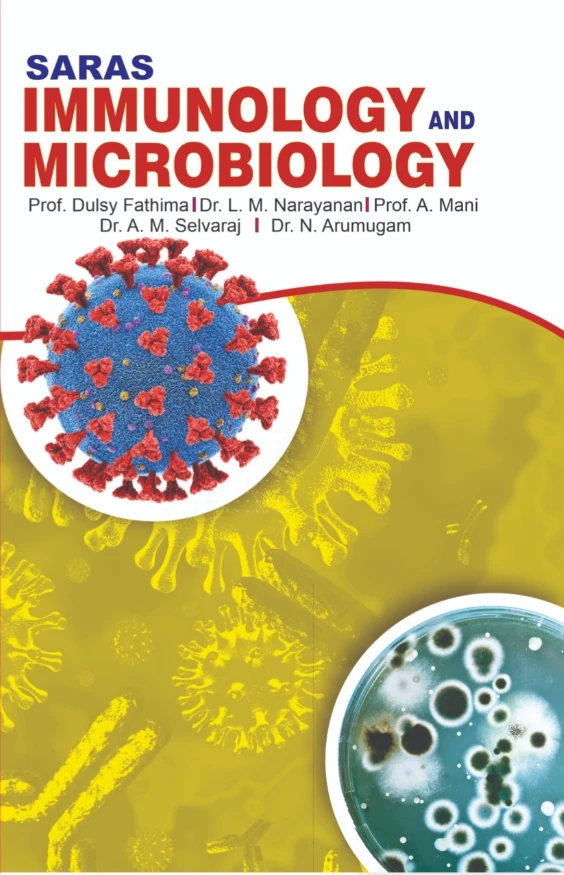

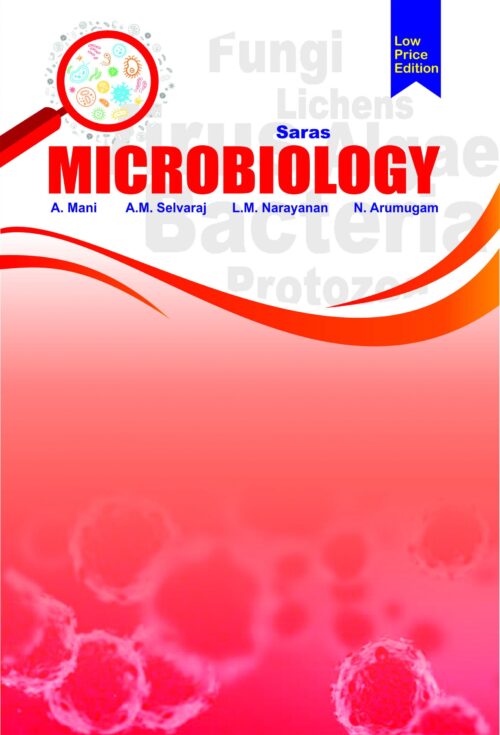
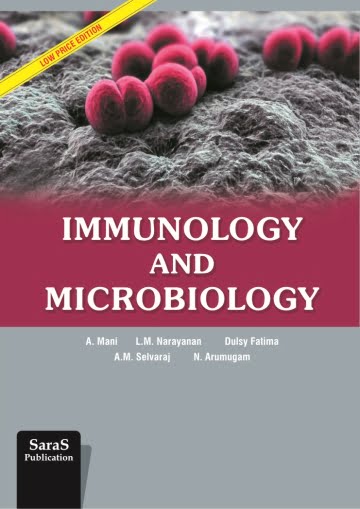
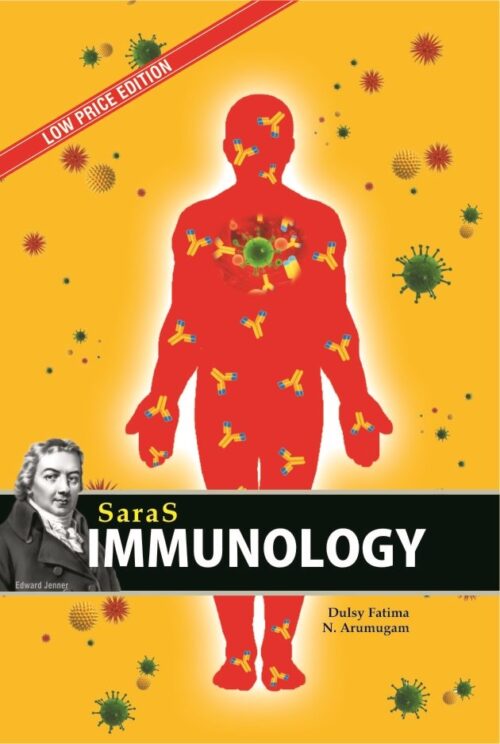
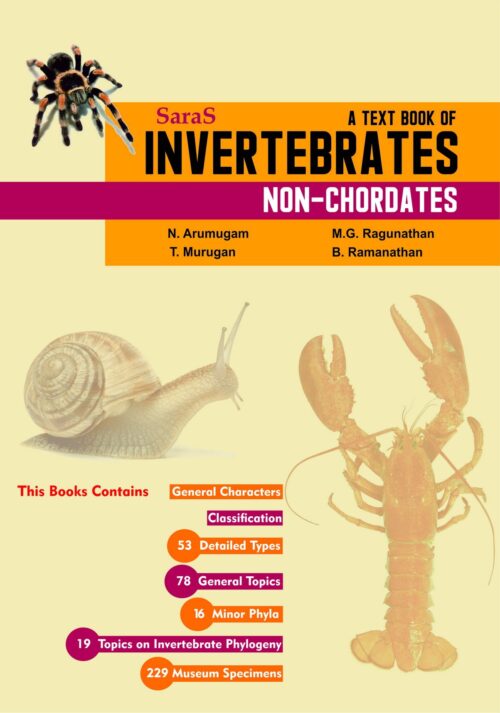
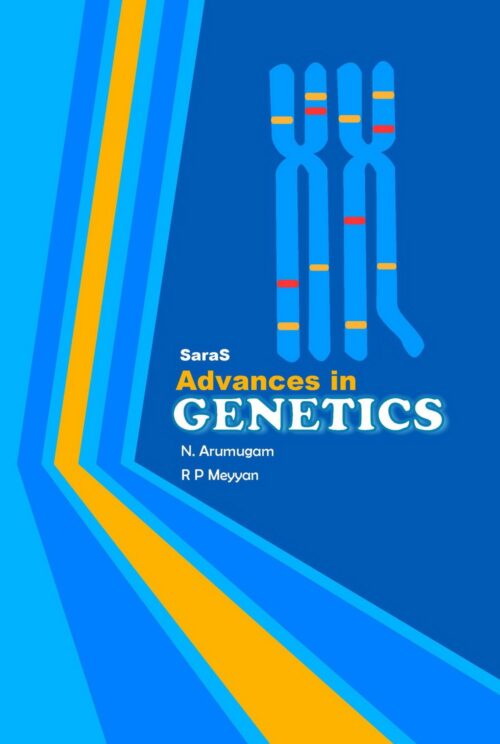
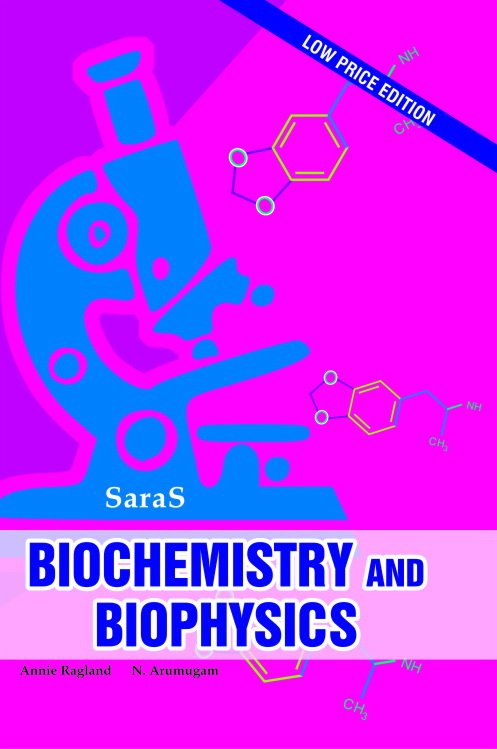

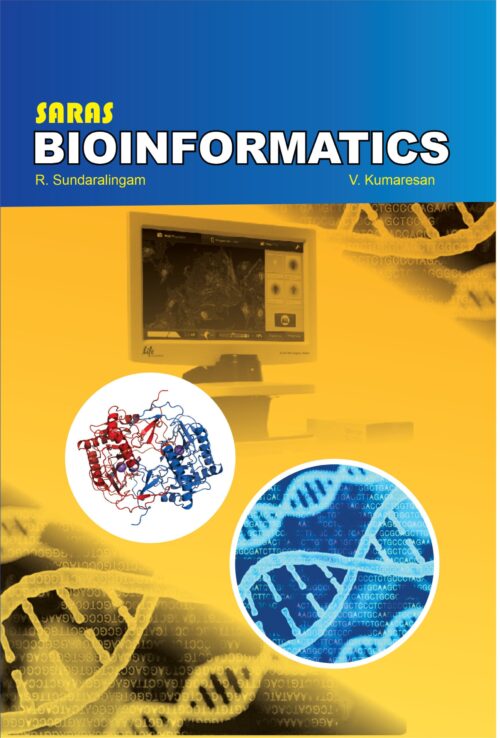
Reviews
There are no reviews yet.